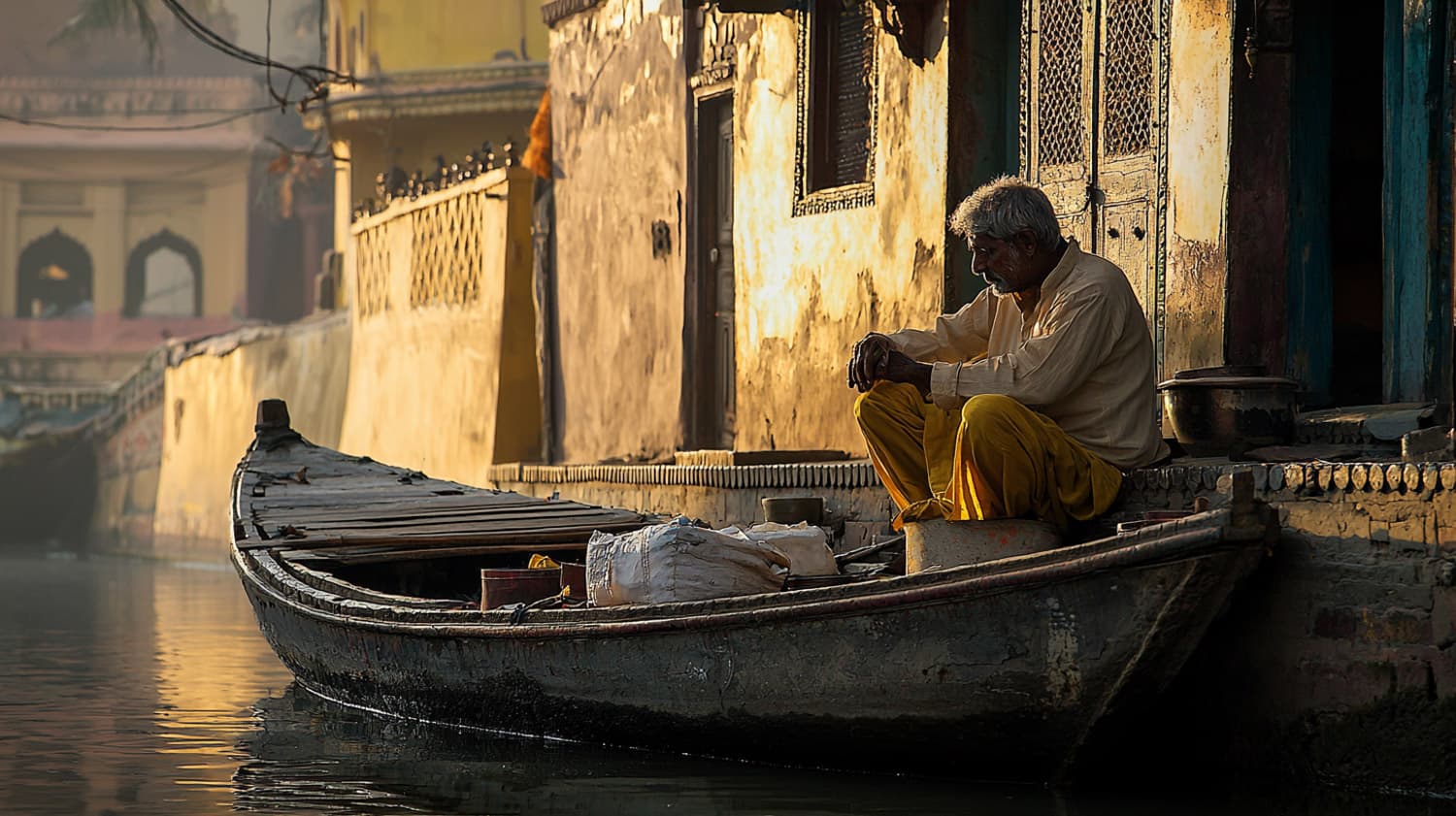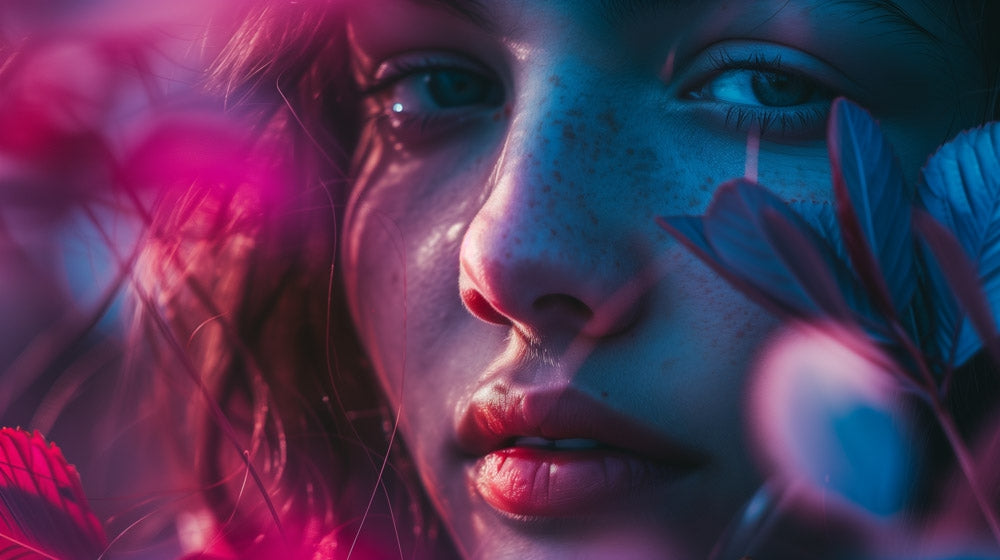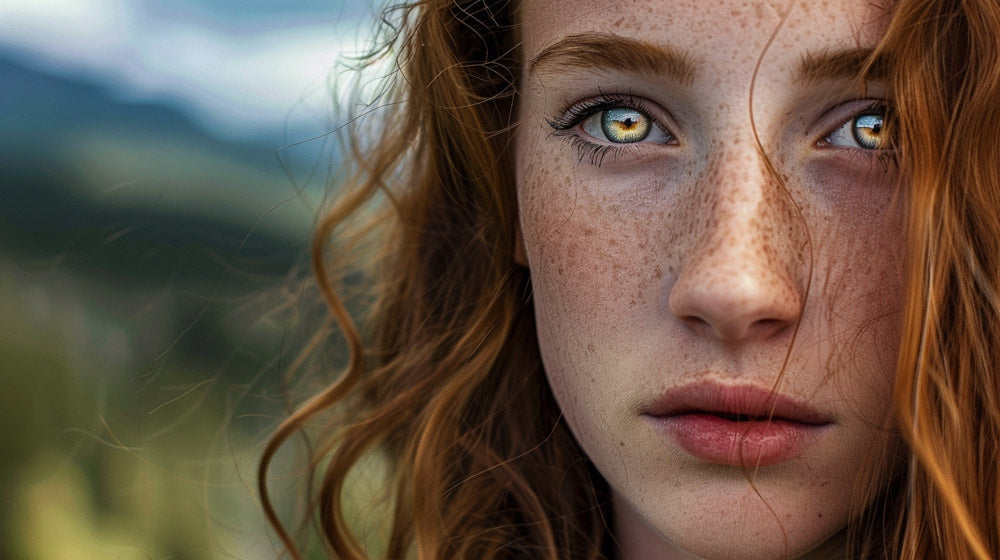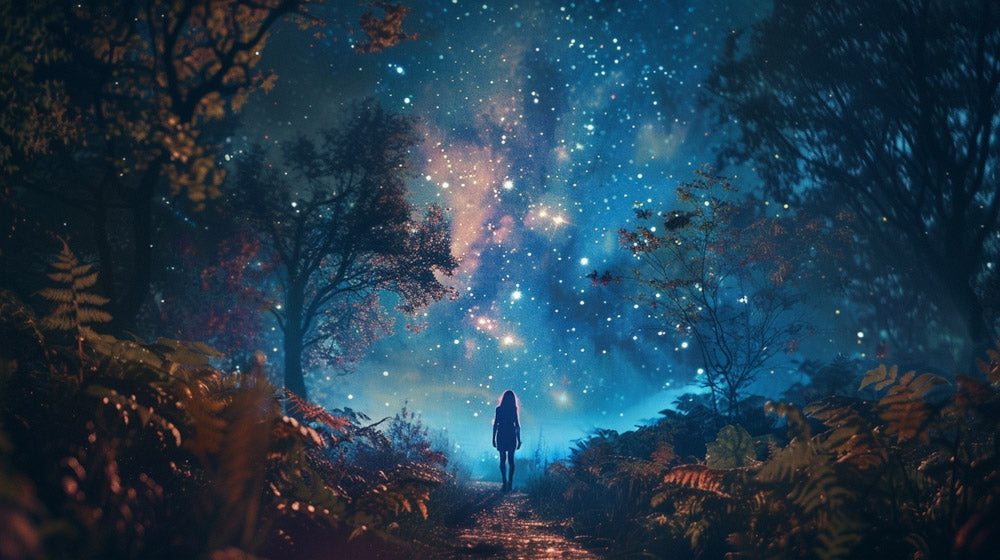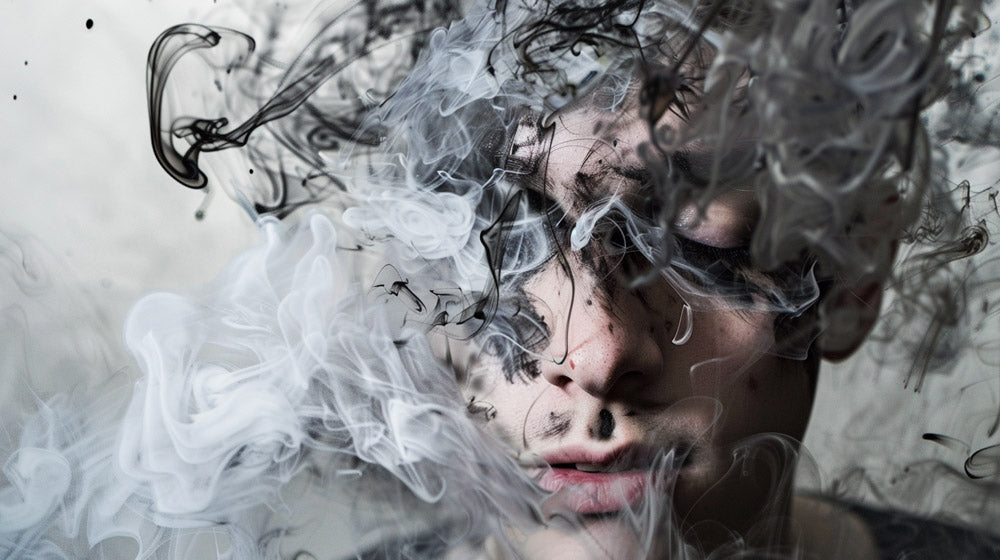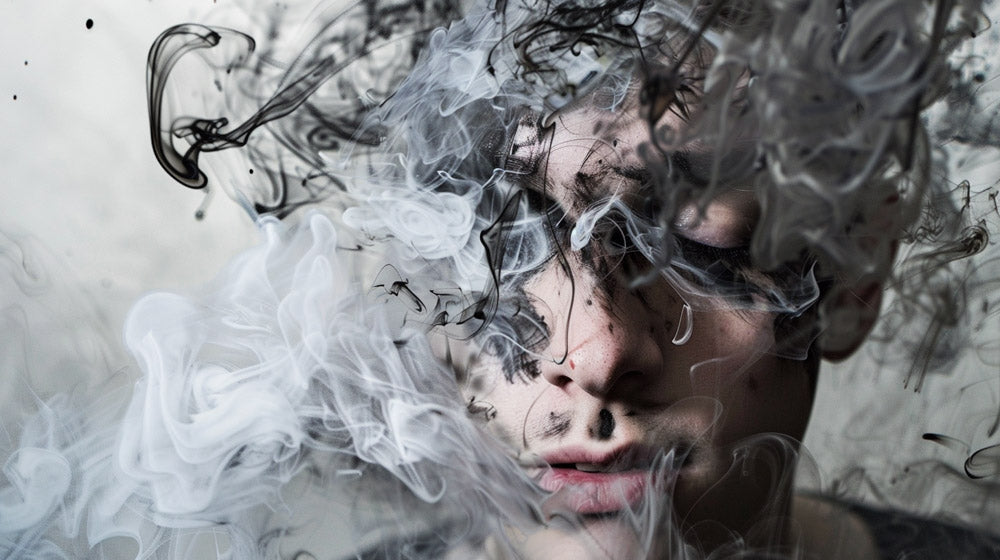Raghu Rai stands as a towering figure in Indian photography. His lens has captured the vibrant tapestry of the nation's life for over five decades. His photographs provide a unique window into India's social, cultural, and political landscapes, chronicling the country's evolution with unparalleled depth and insight. Rai's work transcends mere documentation, offering viewers a profound connection to the spirit of India.
From bustling city streets to serene rural landscapes, Rai's portfolio encompasses the full spectrum of Indian life. His images have brought global attention to significant events like the Bangladesh Brutalities of 1971 and the Bhopal Gas Tragedy of 1984. Meanwhile, he has also captured intimate portraits of iconic figures such as Mother Teresa and the Dalai Lama. Through his artistic vision, Rai has not only preserved moments in time but has also shaped the world's perception of India.
Raghu Rai's photography offers an unparalleled visual chronicle of India's complexity and beauty. His work spans major historical events and intimate portraits of iconic figures.
Early Life and Path to Photography
Raghu Rai's journey into photography began in the 1960s, shaped by his deep connection to India and influential mentors. His unique vision and creativity would go on to revolutionize photojournalism in his home country.
Inspirations and Influences
Raghu Rai's early inspirations stemmed from the vibrant tapestry of Indian life. Born in 1942, he grew up witnessing the profound changes sweeping across post-independence India. This dynamic environment fueled his desire to document the nation's evolving identity.
Rai's initial artistic leanings were towards painting. However, he soon discovered that photography offered a more immediate and powerful medium to capture reality. The works of pioneering Indian photographers like Sunil Janah and Kulwant Roy sparked his interest in visual storytelling.
His approach to photography was deeply rooted in Indian philosophy and spirituality. This unique perspective allowed him to infuse his images with a sense of timelessness and cultural depth.
Early Career and Meeting Henri Cartier-Bresson
Rai's professional journey began in 1965 when he joined The Statesman newspaper as a photographer. This role provided him with invaluable experience in photojournalism and honed his skills in capturing fleeting moments.
In 1971, a pivotal moment occurred when Henri Cartier-Bresson visited India. Impressed by Rai's work, Cartier-Bresson nominated him to join Magnum Photos, the prestigious international photography cooperative. This encounter profoundly influenced Rai's artistic vision.
Rai's association with Magnum Photos exposed him to global photographic trends while allowing him to develop his distinctive style. He began to document various socio-political events, including the Bangladesh Liberation War and its aftermath.
His early works showcased a remarkable ability to blend journalistic integrity with artistic composition, setting the stage for his future acclaim as the "Father of Indian Photography."
Picturing India's Soul
Raghu Rai's photographs vividly capture the essence of India, its people, and pivotal moments in history. His images reveal the intricate tapestry of Indian culture and society through intimate portraits and grand scenes.
The Essence of Indian Culture
Rai's work reflects the spirit of India through carefully composed shots that highlight cultural traditions. His black and white photography often emphasizes the timeless nature of Indian customs and rituals.
Rai's images showcase religious ceremonies, festivals, and everyday practices that form the backbone of Indian cultural heritage. He captures the devotion of pilgrims at sacred sites and the vibrant energy of street celebrations.
His photographs also document the diversity of India's regions, from bustling urban centers to remote villages. Rai's lens reveals the coexistence of ancient traditions with modern life, illustrating the country's cultural continuity and evolution.
Portraits of Everyday Life
Rai excels at capturing candid moments that reveal the soul of his subjects. His portraits showcase the resilience, joy, and struggles of ordinary Indians.
He photographs people from all walks of life - laborers, artisans, children, and elders. Each image tells a unique story, offering glimpses into the diverse experiences that make up Indian society.
Rai's work often focuses on the human face, using expressive close-ups to convey emotion and character. He also captures people in their environments, providing context to their lives and livelihoods.
His portraits of iconic figures like Mother Teresa stand alongside images of anonymous individuals, all treated with equal dignity and insight.
Covering Historic Events
Rai's photography serves as a visual chronicle of India's recent history. He has documented crucial moments that have shaped the nation's trajectory.
His coverage of the Bhopal gas tragedy in 1984 brought international attention to the disaster. Rai's haunting images captured the human cost of the industrial accident.
Rai has also photographed political events, protests, and social movements. His work provides a visual record of India's evolving democracy and the challenges it faces.
In recent years, Rai has embraced digital technology while maintaining his distinctive style. This adaptation allows him to continue documenting India's ongoing transformations.
Contributions to Photojournalism and Art
Raghu Rai's impact on photojournalism and art photography is profound and far-reaching. His work has shaped visual storytelling in India and influenced photographers worldwide.
Major Works and Exhibitions
Raghu Rai's portfolio spans decades of Indian history and culture. He captured the spirit of India through his lens, documenting everything from political events to everyday life. His photographs of the Bangladesh Liberation War and the Bhopal Gas Tragedy are considered iconic.
Rai's work has been featured in prestigious exhibitions globally. His photos have graced the walls of galleries in Paris, London, and New York. Notable exhibitions include retrospectives at the National Gallery of Modern Art in Delhi and the Kunst Museum in Zurich.
He has published over 50 photography books, each showcasing different aspects of Indian life and culture. "Raghu Rai's India: Reflections in Color" and "Mother Teresa: Faith and Compassion" are among his most acclaimed works.
Achievements and Recognitions
Raghu Rai's contributions to photography have earned him numerous accolades. In 1971, he received the Padma Shri, one of India's highest civilian honors, for his work in photojournalism.
He was awarded the Photographer of the Year award in the United States in 1992. Rai also became the first photographer to receive the Akademi Ratna Award from India's Lalit Kala Akademi.
In 2018, Rai was honored with the Lifetime Achievement Award from the International Centre of Photography in New York, cementing his status as one of the world's top photographers.
His work for Magnum Photos, a prestigious international photographic cooperative, further solidified his reputation in the global photography community.
Legacy and Influence on Modern Photography
Raghu Rai's impact on photography extends far beyond his own work. His unique style and approach have shaped the landscape of Indian photography and inspired countless emerging artists.
Impact on Indian Photography
Raghu Rai's contributions have revolutionized Indian photography. His ability to capture the essence of India's cultural heritage has set a new standard for visual storytelling. Rai's work has brought international attention to Indian photography, elevating its status on the global stage.
His distinctive style, characterized by bold compositions and powerful narratives, has become a benchmark for excellence in the field. Many contemporary Indian photographers draw inspiration from Rai's techniques, particularly his mastery of black and white photography.
Rai's influence is evident in the increased focus on documenting social issues and cultural traditions among Indian photographers. His work has encouraged a deeper exploration of India's diverse cultural landscape.
Inspiration for Emerging Photographers
Raghu Rai's career spanning decades serves as a source of inspiration for new generations of photographers. His dedication to his craft and his ability to evolve with changing technologies have made him a role model for aspiring artists.
Rai's workshops and mentorship programs have directly impacted many young photographers. His emphasis on developing a unique visual voice and staying true to one's artistic vision resonates with emerging talents.
The accessibility of Rai's work through books and exhibitions has exposed countless photographers to his artistic approach. His images continue to inspire new interpretations of Indian culture and society.
Rai's transition to digital photography while maintaining his signature style has shown emerging photographers how to adapt to technological changes without compromising artistic integrity.
Frequently Asked Questions
Raghu Rai's photography has profoundly impacted Indian visual culture. His work spans decades, capturing pivotal moments and everyday life across the subcontinent.
What are the most significant contributions of Raghu Rai to Indian photography?
Raghu Rai has documented India's rich cultural heritage through his lens for over five decades. His photographs offer a unique visual narrative of the country's history, traditions, and social changes.
Rai's work has brought international attention to Indian photography. He has elevated the art form within India and showcased the nation's diversity to a global audience.
How has Raghu Rai influenced photojournalism in India?
Rai's approach to photojournalism emphasizes capturing the essence of a moment rather than merely recording events. His style has inspired a generation of Indian photographers to seek deeper stories within their subjects.
His work with major publications has set standards for visual storytelling in Indian media.
Rai's images often convey complex social and political issues with striking clarity.
What are some iconic photographs taken by Raghu Rai?
Rai's portfolio includes numerous iconic images. His photographs of Varanasi capture the spiritual essence of the ancient city, showcasing its bustling ghats and vibrant street life.
His portraits of Indira Gandhi and Mother Teresa are widely recognized.
These images offer intimate glimpses into the lives of influential figures in Indian history.
Which major events in India has Raghu Rai captured through his photography?
Rai has documented many pivotal moments in India's history. His photographs of the Bhopal gas tragedy in 1984 brought global attention to the disaster.
He has also captured significant political events, from election campaigns to moments of national celebration and mourning.
Rai's lens has witnessed India's journey through independence, conflicts, and social movements.
What awards and recognitions has Raghu Rai received for his work?
Rai's contributions to photography have earned him numerous accolades. He received the Padma Shri, one of India's highest civilian honors, in 1971 for his work in photography.
International recognition includes his induction as a Master of Photography by Magnum Photos.
Rai's work has been exhibited in prestigious galleries and museums worldwide.
How does Raghu Rai's approach to photography reflect the culture and life of India?
Rai's photography offers an unparalleled visual documentation of India, capturing the nation's complexity. His images often juxtapose tradition and modernity, highlighting India's diverse cultural tapestry.
Rai's work focuses on the human element, portraying the daily lives and struggles of ordinary Indians. His photographs reveal the spirit of India through candid moments and expressive portraits.


